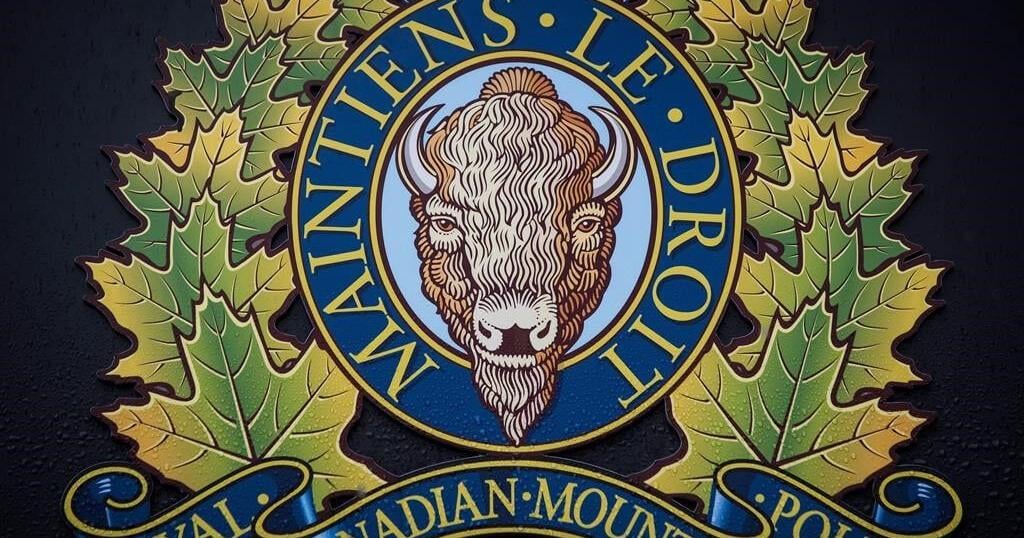Canada is known for its multiculturalism and diversity, and it is often considered a safe haven for those seeking refuge from persecution and discrimination. However, the country has a long history of systemic racism and discrimination against people of colour, which often goes unnoticed or ignored. The experiences of people of colour in Canada are often unheard of and unseen, which has resulted in a lack of awareness and action toward addressing these issues.
In this article, we will explore Canada’s treatment of people of color, highlighting some of the key issues faced by these communities.
Historical Context:
Canada’s history of discrimination against people of colour can be traced back to its colonial past, where the Indigenous people were subjected to genocide and forced assimilation. The country’s immigration policies were also designed to exclude non-white immigrants, with the Chinese, South Asians, and Blacks facing significant barriers to entry. This exclusionary approach continued well into the 20th century, with the government’s policies aimed at maintaining a predominantly white society.
Racism in Canada Today:
While Canada is often praised for its multiculturalism and diversity, racism and discrimination are still pervasive in the country. People of color continue to face significant barriers in accessing employment, housing, education, and healthcare, with Indigenous peoples being the most affected. Systemic racism is deeply ingrained in Canadian society, with many institutions, policies, and practices perpetuating inequality and discrimination.
The Legacy of Colonialism
Canada’s treatment of people of color is closely tied to its colonial history. Indigenous people were the original inhabitants of Canada, but they were displaced and mistreated by European colonizers. This legacy of colonialism has had lasting impacts on the treatment of people of color in Canada. Indigenous people continue to face systemic racism and discrimination, and their communities experience high rates of poverty, unemployment, and violence.
The Impact of Immigration
Immigration has been a significant driver of Canada’s population growth and economic success. However, the treatment of immigrants, particularly those of color, has been far from perfect. Immigrants of color face a range of challenges in Canada, including discrimination in the job market, barriers to accessing education and healthcare, and a lack of recognition of their qualifications and experience.
The Experiences of Black Canadians
Black Canadians have a long and complex history in Canada. Black people were brought to Canada as slaves and were later emancipated, but they continued to face racism and discrimination. Today, Black Canadians continue to experience racism in a variety of forms, including racial profiling, police brutality, and employment discrimination. The Black Lives Matter movement has brought renewed attention to these issues, but there is still much work to be done to address systemic racism and discrimination.
The Rise of Anti-Asian Racism
The COVID-19 pandemic has brought with it a rise in anti-Asian racism in Canada. Asians, particularly those of East Asian descent, have been the targets of racist attacks and hate crimes. This racism is rooted in xenophobia and ignorance, and it has been exacerbated by political rhetoric and media coverage. The Asian community has responded with calls for greater awareness and action to combat racism and discrimination.
Islamophobia in Canada
Islamophobia is a growing problem in Canada, fueled in part by global events such as the war on terror and the rise of far-right politics. Muslim Canadians face discrimination and harassment in a range of areas, including employment, housing, and access to public services. Islamophobia has also led to hate crimes and violence against Muslim Canadians. There is a need for greater education and understanding to combat this form of racism and discrimination.
Police Brutality:
Police brutality against people of color is a significant issue in Canada, with Black and Indigenous people being disproportionately targeted. The death of George Floyd in the US sparked protests against police brutality in Canada, with people demanding accountability and reform within the police force. The Royal Canadian Mounted Police (RCMP) has a history of using excessive force against Indigenous peoples, with several cases of police violence resulting in injury or death.
Discrimination in the Workplace:
People of color also face discrimination in the workplace, with racialized individuals being underrepresented in higher-paying jobs and overrepresented in low-wage sectors. Discrimination in hiring and promotions is a significant issue, with people of color often being passed over for jobs despite having the necessary qualifications. Microaggressions and harassment are also prevalent in the workplace, with many individuals experiencing racial slurs and discriminatory comments.
Healthcare Disparities:
People of color also face significant disparities in healthcare, with Indigenous peoples being the most affected. Indigenous peoples have higher rates of chronic illnesses, such as diabetes, and have poorer health outcomes compared to non-Indigenous Canadians. They also face significant barriers in accessing healthcare services, with many living in remote and isolated communities with limited access to medical facilities.
Education Inequality:
Education inequality is another significant issue faced by people of color in Canada, with Indigenous students having lower graduation rates and higher dropout rates than non-Indigenous students. The education system has also been criticized for its lack of representation and inclusion of Indigenous cultures and history, with many schools still teaching a Eurocentric curriculum. This lack of representation and inclusion can have a significant impact on Indigenous students’ self-esteem and academic achievement.
Hate Crimes:
Hate crimes against people of color are also on the rise in Canada, with Muslims and Sikhs being the most targeted. The 2017 Quebec mosque shooting, where six Muslim men were killed while praying, highlighted the rising Islamophobia in the country. Racism and xenophobia are also prevalent in political discourse, with many politicians using divisive rhetoric to appeal to their base.
One step towards addressing these issues is acknowledging the country’s history of colonialism and genocide against Indigenous peoples and taking steps toward reconciliation. This includes implementing the recommendations from the Truth and Reconciliation Commission and addressing the ongoing issues faced by Indigenous peoples, such as the lack of clean drinking water and access to healthcare services.
Another step towards addressing systemic racism in Canada is implementing policies and practices aimed at promoting diversity and inclusion in all aspects of society. This includes creating policies to address discrimination in the workplace, improving access to healthcare services for marginalized communities, and increasing representation and inclusion of diverse cultures in education and media.
Lastly, it is essential to recognize and address the rise of hate crimes and xenophobia in Canada. This includes condemning hate speech and discriminatory actions, promoting intercultural understanding and dialogue, and implementing policies to prevent and respond to hate crimes.
Conclusion
Canada’s treatment of people of color is a complex issue that requires a multifaceted approach to addressing systemic racism and discrimination. While there have been some positive steps toward promoting diversity and inclusion in recent years, there is still a long way to go toward creating a truly equitable and just society for all Canadians. It is up to all of us to take action toward promoting social justice and creating a better future for all residents of Canada.
Related























